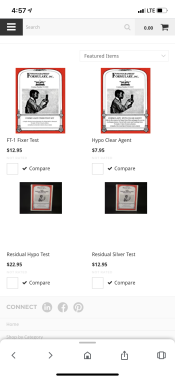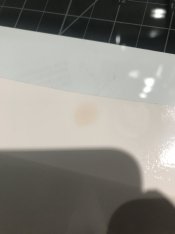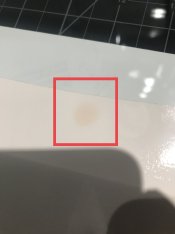jvonoldershausen
Member
I started using TF-5 fixer recently using a two bath method (2000ml in each tray) - previously was using Kodak fixer and have a bottle of Edwal Hypocheck for testing fixer exhaustion.
Ever since using TF-5 i haven't seen the cloudy precipitate that normally appears when you test with hypocheck. I'm always testing the first tray of fixer that the print is put into since it will exhaust quicker and there were certain cases where I must've ran at least 30-35 11x14" prints through it and still didn't see any reaction when testing with hypo check
Am i underestimating the capacity for this fixer or is hypocheck not the correct product to be using for TF-5? I wouldn't think it would matter since its reacting to silver saturation
Ever since using TF-5 i haven't seen the cloudy precipitate that normally appears when you test with hypocheck. I'm always testing the first tray of fixer that the print is put into since it will exhaust quicker and there were certain cases where I must've ran at least 30-35 11x14" prints through it and still didn't see any reaction when testing with hypo check
Am i underestimating the capacity for this fixer or is hypocheck not the correct product to be using for TF-5? I wouldn't think it would matter since its reacting to silver saturation















